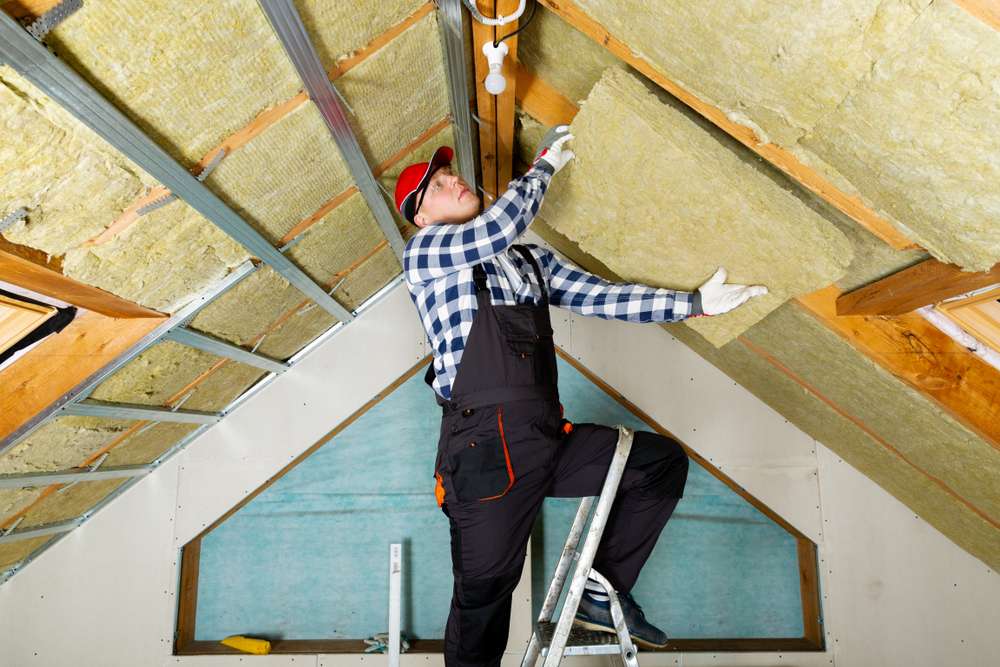Sustainable Upgrades That Improve Property Value and Efficiency
Sustainable upgrades can increase a property’s market appeal while lowering ongoing operating costs. When targeted at energy, water, and indoor-environment improvements, these measures influence valuation, attract environmentally conscious tenants, and can reduce vacancy and maintenance expenses. Considering financing, taxation, and long-term investment returns helps owners prioritize which renovations deliver both efficiency gains and stronger returns.

How sustainable upgrades affect investment
Investors evaluate upgrades by looking at both upfront cost and expected return over time. Energy-efficient measures such as LED lighting, improved insulation, and smart thermostats reduce utility bills and improve net operating income for rental properties. That improved cash flow can raise capitalization-rate-based valuations, while reduced operating volatility makes properties more attractive to institutional investors analyzing portfolio risk. When planning an investment, model projected energy savings, maintenance reductions, and potential rent premiums to compare payback periods against alternative uses of capital.
Which renovations boost valuation and rentals
Targeted renovations that visibly improve comfort and lower running costs tend to have the strongest impact on valuation and rental demand. Examples include modernized kitchens and bathrooms with water-saving fixtures, upgraded HVAC systems, and double-glazed windows. Tenants increasingly look for sustainability as a feature, which can justify modest rent premiums and reduce turnover. For renovation decisions, balance renter preferences in your market with expected energy savings: features that reduce tenants’ utility burden often translate into higher demand and steadier occupancy.
What financing and mortgage options support upgrades
Many lenders and government programs offer financing specifically for energy and efficiency improvements. Options include green mortgage products that recognize projected energy savings, renovation loans that roll retrofit costs into property financing, and performance contracts where upgrades are repaid out of measured energy savings. For investors and landlords, evaluate loan terms, eligibility for government or utility incentives, and the interaction with existing mortgage covenants. Applying analytics to expected cash flow changes helps determine whether to fund upgrades from reserves, debt, or partnership financing.
How upgrades influence taxation and analytics
Sustainable upgrades can create tax advantages through accelerated depreciation, tax credits, and deductions that differ by jurisdiction. Accurate analytics are essential: track baseline energy use, estimate savings, and document improvements to support incentive claims and valuation adjustments. Analytics also enable scenario testing—showing how different combinations of measures affect operating expenses, cash flow, and after-tax return. Consult a tax professional for jurisdiction-specific guidance, and maintain thorough records to maximize eligible benefits and to present clear financial evidence to potential buyers or lenders.
How sustainable features affect tenants and leasing
Sustainability features often improve tenant retention and satisfaction. Improved indoor air quality, consistent thermal comfort from efficient HVAC and insulation, and lower utility costs are tangible benefits that influence leasing decisions. Landlords should communicate verified performance data — for example, typical monthly energy savings — in leasing materials. In multiunit properties, consider shared upgrades such as centralized heat-pump systems or building-wide lighting retrofits, which can yield stronger collective savings and more uniform tenant experience compared with piecemeal unit-level interventions.
Cost and provider comparison for common upgrades
Real-world cost estimates help prioritize projects. Below is a comparison of common sustainable upgrades and representative providers with typical cost ranges. Use this as a starting point for budgeting and supplier research.
| Product/Service | Provider | Cost Estimation |
|---|---|---|
| Residential solar PV (3–6 kW) | SunPower / Tesla Solar | $10,000–$30,000 installed (after incentives varies by region) |
| Heat pump (ducted or ductless) | Mitsubishi Electric / Daikin | $4,000–$12,000 installed per unit depending on capacity |
| Attic and wall insulation upgrade | Owens Corning / Local contractors | $1,000–$6,000 depending on scope and materials |
| Energy-efficient windows (per window) | Andersen / Pella | $300–$1,000 per window installed depending on glazing |
| Smart thermostat and controls | Google Nest / Ecobee | $120–$350 plus installation if professional setup required |
Prices, rates, or cost estimates mentioned in this article are based on the latest available information but may change over time. Independent research is advised before making financial decisions.
Beyond the table: expect regional variation driven by labor rates, permitting, and local incentive programs. Some upgrades qualify for rebates, state or national tax credits, or utility-sponsored incentives that materially change net cost and payback. For comprehensive budgeting, obtain multiple quotes from certified installers, verify warranty and performance guarantees, and factor in monitoring or maintenance costs for systems like solar or heat pumps.
Conclusion Sustainable upgrades offer a mix of operational savings, tenant appeal, and valuation benefits when chosen and financed thoughtfully. Prioritize measures that align with local tenant preferences, available incentives, and the property’s physical characteristics. Using analytics to quantify savings, engaging qualified providers, and reviewing financing and tax implications will help ensure renovations contribute both to efficiency and to long-term investment value.





